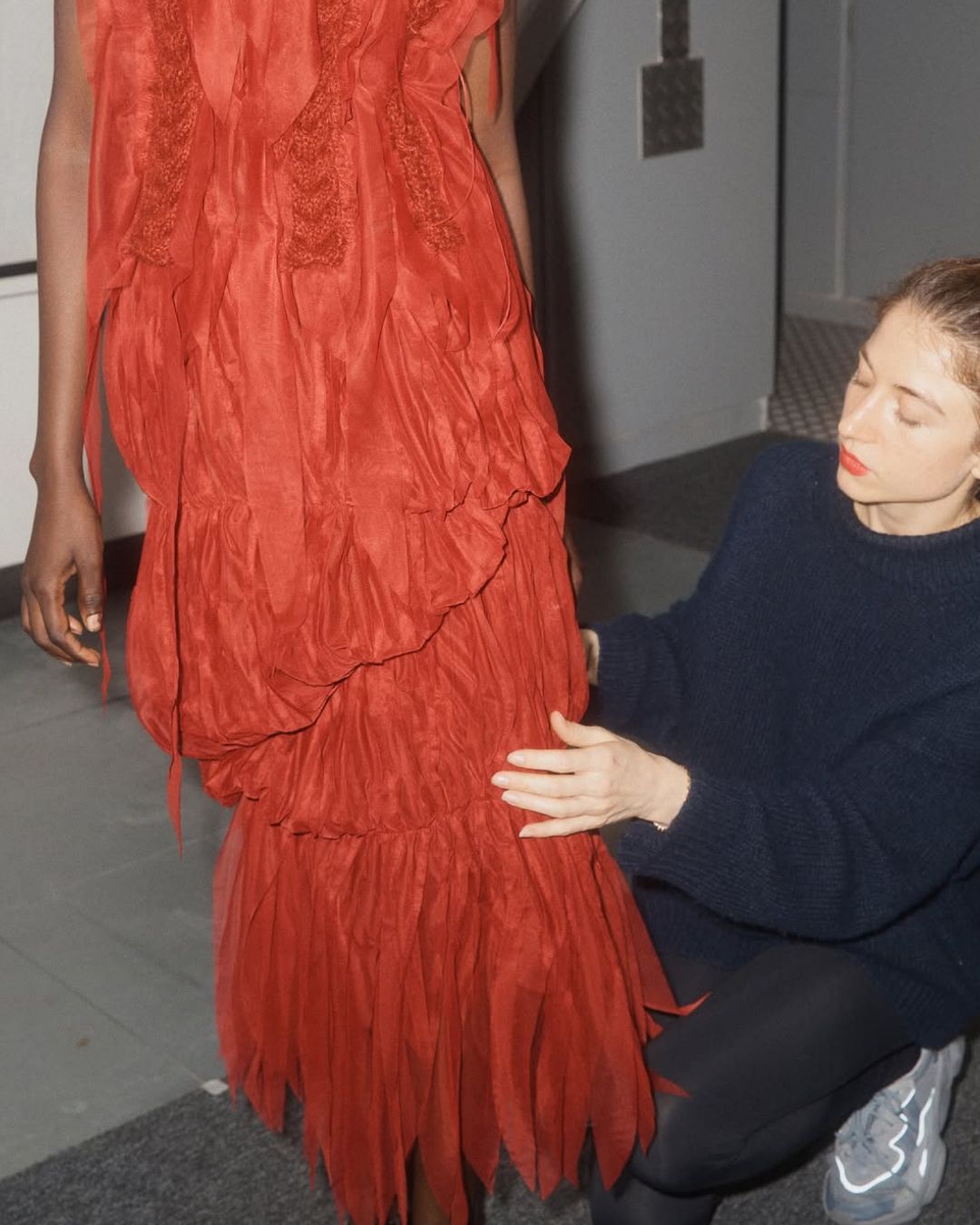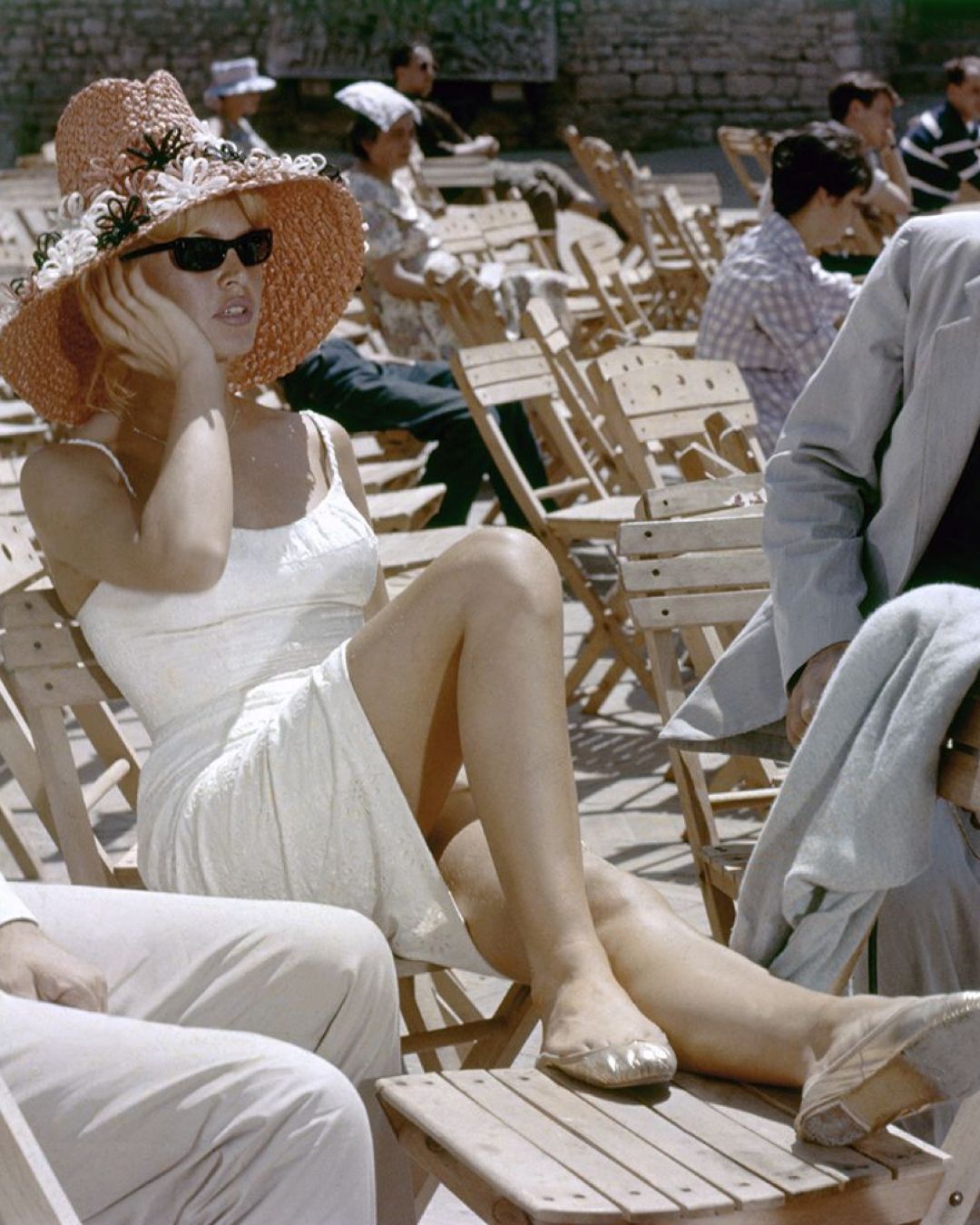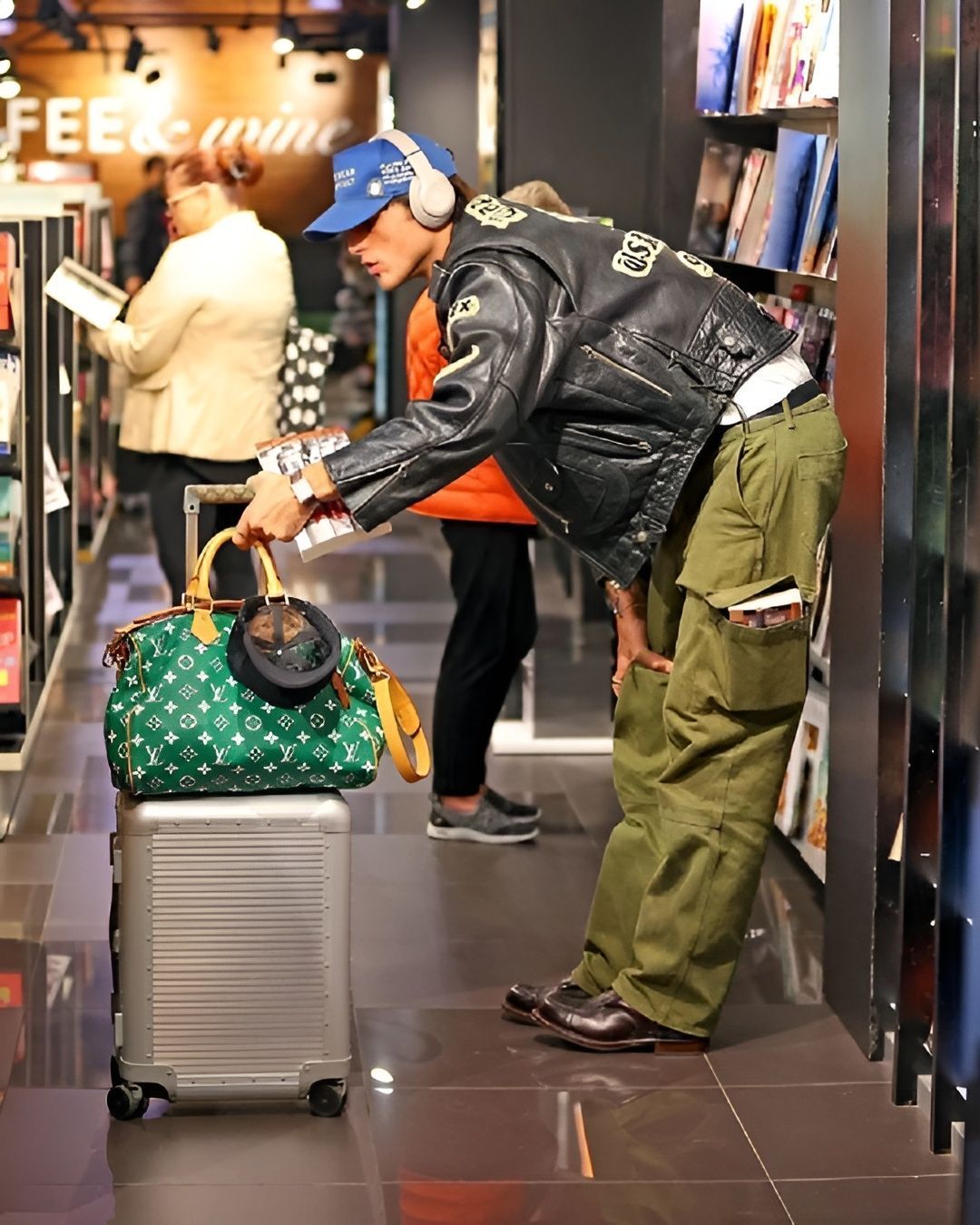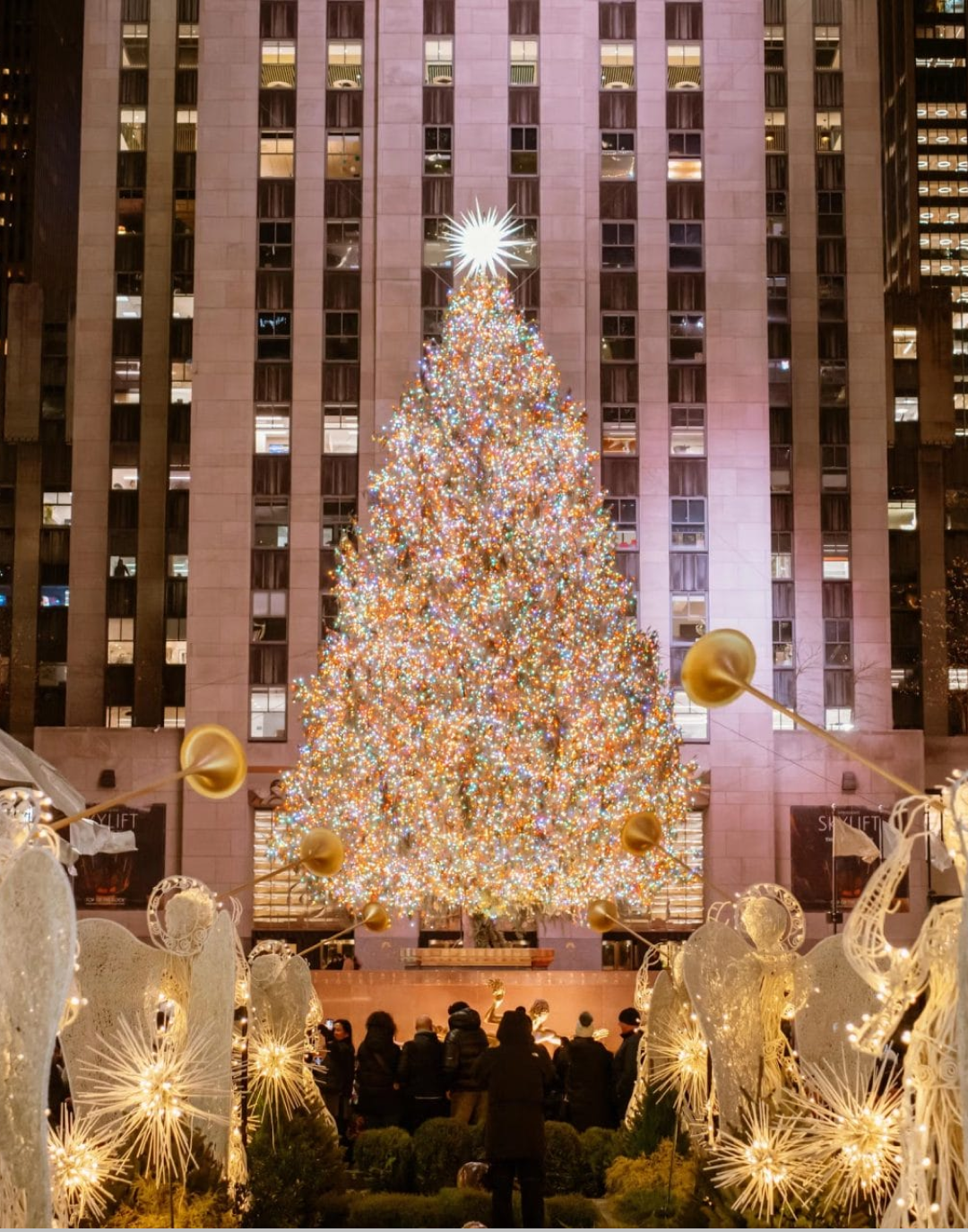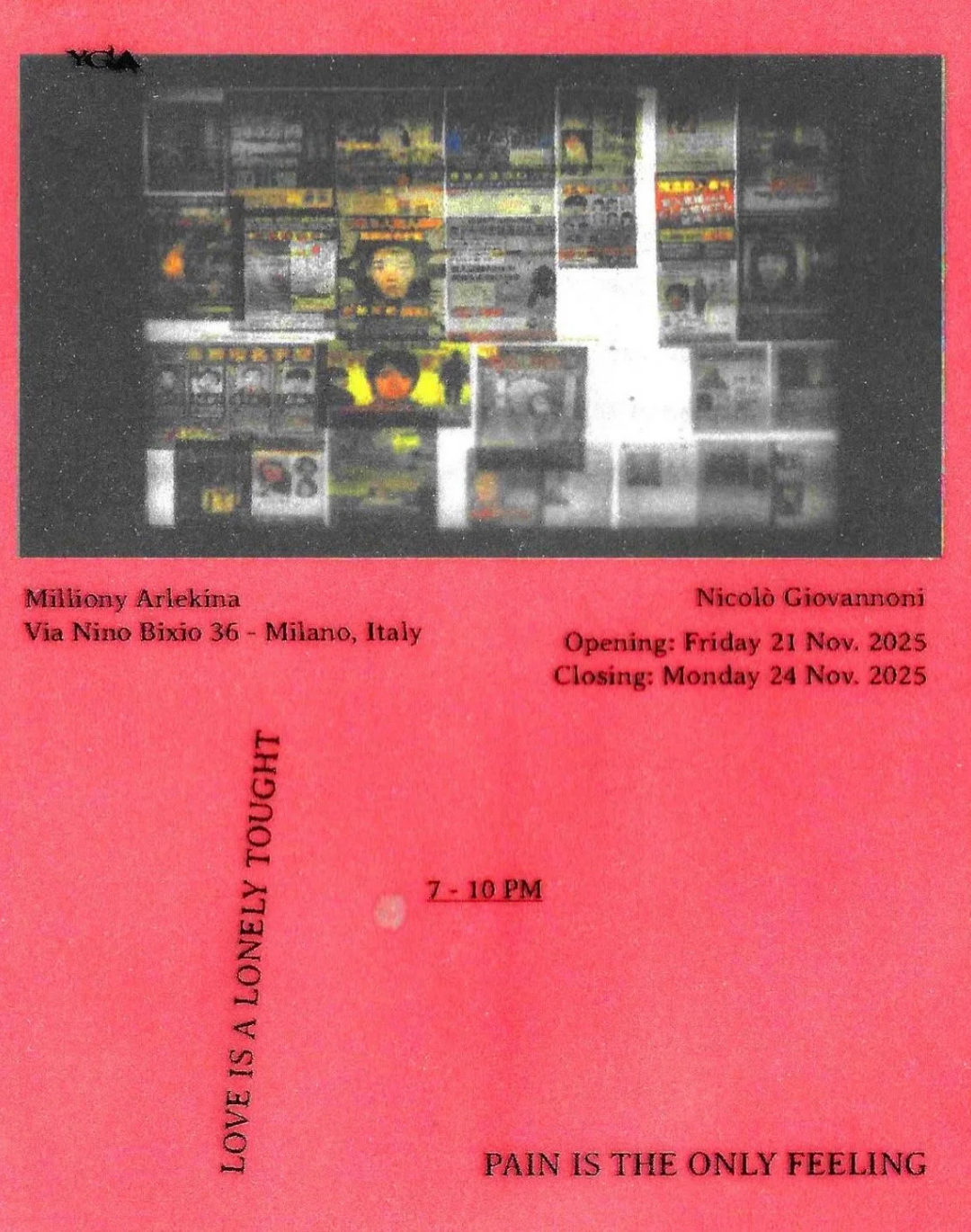
Is contemporary art getting cheaper? More or less - as with everything, the new U.S. duties have created a lot of confusion
When we talk about contemporary art, the first thing that often comes to mind is a type of art that’s hard to understand and expensive to buy. Which, to simplify things to the extreme, is also true from the perspective of a beginner buyer—but things are changing. According to the new Art Basel and UBS Global Art Market Report 2025, published yesterday, the global art market recorded total sales of $57.5 billion last year, marking a 12% drop compared to 2023—but despite a decline in overall value, the number of transactions rose by 3%, reaching 40.5 million. According to the report, this gap between value and volume signals a shift: more art is being bought, but at lower prices, and in many ways the world of contemporary art is becoming more affordable, with art collectors no longer necessarily being multimillionaires. In fact, one of the main factors behind the market contraction was a sharp decline in the top-end segment. The number of artworks sold at auction for over $10 million fell by 39%, following another 40% drop in 2023. This also affected public auction sales, which decreased by 25% to $19 billion, while dealer sales fell only 6% to $34.1 billion. However, the lower end of the market has grown—works valued under $50,000. Pieces sold for less than $5,000 saw a 7% increase in value and a 13% increase in volume, while transactions under $50,000 rose by 8%.
@nssmagazine Take a look at Miami Art Basel’s street style. Which one is your favourite look? #fashiontiktok #tiktokfashion #miami #miamiartbasel #streetstyle #look #cool suono originale - nss magazine
Both galleries and auction houses have managed to attract new buyers: in 2024, 44% of gallery buyers were new clients, and 38% of total sales came from them—an increase of 5% compared to 2023. According to Clare McAndrew, one of Art Basel’s founders, this greater accessibility is “essential for the market’s long-term growth.” Smaller galleries have played a central role: those with annual revenues under $250,000 reported that 50% of their clientele was new, and that their sales increased by 17%. Geographically, the United States maintained its leading position in the global art market, accounting for 43% of total sales despite a 9% drop, which brought the U.S. art market to $24.8 billion. It was the second consecutive year of decline, caused by a drop in high-end transactions and ongoing political uncertainty unsettling the markets. In second place was the United Kingdom, with sales down 5% year-over-year, totaling $10.4 billion. The European Union, meanwhile, generated $8.3 billion in sales, down 8% from 2023. France remained the most "aesthetic" country in Europe with a market value of $4.2 billion, down 10%. In Asia, results were mixed: in China, sales plummeted by 31% to $8.4 billion due to the country’s economic struggles—the worst result since 2009. South Korea recorded a 15% drop, while Japan bucked the trend with a modest 2% increase.
And these days, the more "democratic" art dealers have gained momentum: dealers with revenues over $10 million saw a 9% drop in sales, and 64% of them reported selling less compared to 2023. By contrast, mid-tier galleries (from $1 to $5 million) saw a 10% increase in sales, while smaller ones (under $250,000) reported a 17% increase and the highest number of new clients. 31% of their sales occurred during art fairs, up 2% from 2023. International fairs drove this growth, accounting for 20% of total sales, while local ones remained stable at 11%. Dealers with over $10 million in revenue reported the highest share of fair-related sales (34%), which also represented the main source of new buyers for 31% of dealers, followed by gallery visits (23%) and referrals (16%). Even in the auction world, art has become more affordable: the number of lots sold at auction grew by 6% and the overall volume of public auction sales rose by 4%. But lots sold for over $1 million dropped by a third—in other words, growth was confined to the more accessible price ranges. Private sales by auction houses, on the other hand, increased by 14%, reaching $4.4 billion, partially offsetting the contraction in public auctions and indicating steady demand for more discreet transactions. Online sales experienced a slight contraction, dropping by 11% to $10.5 billion, but still representing 22% of total sales.
Just watched the live stream of the 2025 Art Basel & UBS Art Market Report—global art sales dipped 12% to $57.5B in 2024, with a notable drop in high-end auctions. Economic headwinds clearly played a role, but what’s interesting is the strong engagement from next-gen collectors.…
— Tery (@Tery) April 8, 2025
According to Paul Donovan, Chief Economist at UBS Global Wealth Management, increasing political uncertainty and the return of economic nationalism pose challenges for the art market, which nonetheless remains better positioned than others to attract new buyers. As for projections for the current year, 80% of gallerists expect stable (47%) or growing sales (33%). Optimism is higher in the mid-tier segment (from $500,000 to $1 million), where 51% of dealers foresee an increase in sales, compared to around a third at the end of 2023. Among top dealers, with over $10 million in revenue, 19% expect improvement, while most foresee stability. Smaller dealers are more divided: about a quarter foresee a decline, while the others hope for a stable or better year. In the auction world, only 15% of mid-sized auction houses expect sales growth in 2025, although 45% anticipate stabilization. Overall, the new wave of U.S. tariffs is already having an impact on the market, even though artworks are not yet explicitly included in the new measures, as reported by Forbes, Artsy, or Artnet. Costlier raw materials for creatives, more difficult and expensive art shipping and transport for gallerists, art fairs that become unsustainable or empty out, and fewer investments in emerging artists in favor of well-known names that act as safe-haven assets for wealthy collectors. But the most concrete implications are still unknown—and worrisome.




